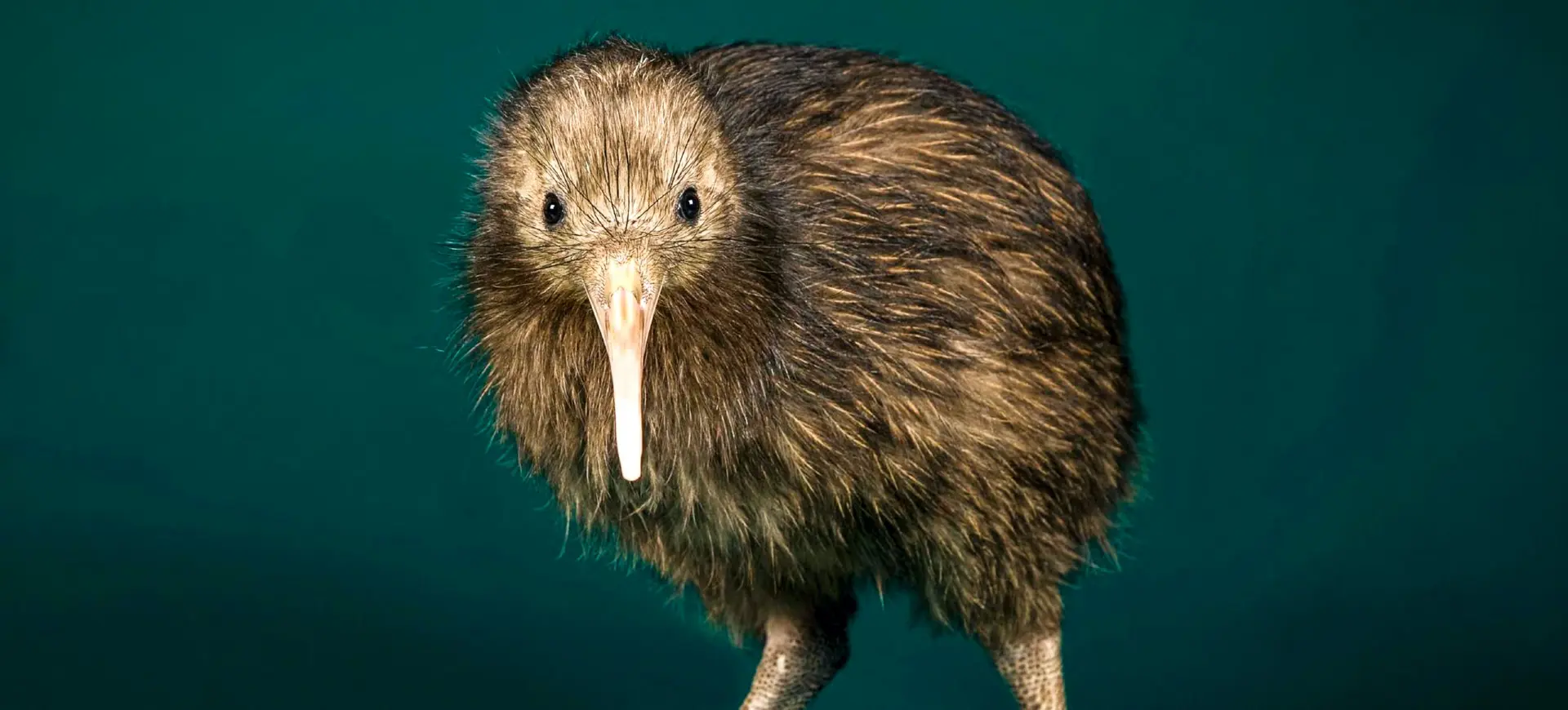– The distinctive anatomy and behavior of the kiwi bird
– Habitat and distribution: understanding where kiwi birds live
– Threats to the kiwi bird population and conservation efforts
– The role of kiwi birds in indigenous Māori culture
The kiwi bird, a symbol of New Zealand, captivates the interest of wildlife enthusiasts and conservationists worldwide. This article delves into the kiwi bird’s unique characteristics, habitat, the challenges it faces, conservation strategies in place to protect it, and its significance in Māori culture. Through a blend of scientific insight and conservation information, readers will gain a comprehensive understanding of this remarkable bird.
The Distinctive Anatomy and Behavior of the Kiwi Bird
Kiwi birds stand out for several reasons, including their physical traits and behaviors. One of their most notable features is the absence of wings, which, along with their hair-like feathers, gives them a distinctive appearance unlike any other bird. Kiwis also possess a highly developed sense of smell, unusual in birds, with nostrils located at the end of their long beaks. This adaptation allows them to forage for insects and worms in the ground, their primary food source. Kiwi birds are nocturnal, spending their days secluded in burrows and emerging at night to feed. Their solitary and secretive nature, combined with their unique vocalizations, underscores their distinct place in the avian world.
Habitat and Distribution: Understanding Where Kiwi Birds Live
Kiwi birds are endemic to New Zealand, thriving in a variety of environments from dense forests to scrublands. Their preference for secluded and undeveloped areas has led to a fragmented distribution across the country, primarily in the North Island, with smaller populations in parts of the South Island. Deforestation and land development have significantly impacted their natural habitats, emphasizing the necessity of habitat conservation to protect the future of kiwi populations.
Threats to the Kiwi Bird Population and Conservation Efforts
Kiwi birds face numerous threats, including habitat destruction, predation by introduced species, and human interventions. Predators such as stoats, dogs, and cats pose significant risks to kiwi chicks and adults. Conservation efforts are crucial in mitigating these threats. Strategies include predator control programs, habitat restoration, and breeding programs aimed at increasing kiwi populations. The involvement of local communities and indigenous groups has proven vital in these conservation endeavors, showcasing a collective effort to preserve this iconic species.
The Role of Kiwi Birds in Indigenous Māori Culture
In Māori culture, the kiwi bird holds profound significance. It is often revered as a guardian and a symbol of the New Zealand wilderness. Traditional stories and legends portray the kiwi as a brave and selfless creature, further highlighting its importance in Māori heritage. This cultural reverence adds another layer of urgency to conservation efforts, intertwining biodiversity preservation with the protection of cultural heritage.
The kiwi bird’s anatomy and behavior, habitat and distribution, threats to its survival, and its role in Māori culture depict a species rich in ecological and cultural significance. Understanding these elements is vital in fostering a deeper appreciation for the kiwi bird and in galvanizing support for its conservation. Protecting the kiwi bird not only aids in preserving a unique avian species but also contributes to the wider efforts of wildlife conservation and the safeguarding of New Zealand’s natural heritage. Through education, awareness, and direct action, the kiwi bird’s future can be secured, offering hope not only for this exceptional bird but also for biodiversity at large.

